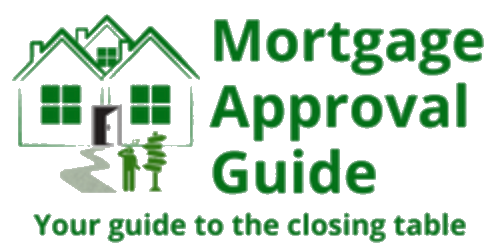When you decide to use a VA Loan, you may be excited about the prospect…
What Is The Difference Between A VA Loan And A Regular Loan?
When people first start shopping around for a home, there are a lot of questions about what type of mortgage is best for their situation. Most people plan for a conventional loan, which requires 20% down and can be used on just about any home purchase. Veterans, active duty military service members, military Reservists, National Guard members, and some family members in certain circumstances may qualify for the VA Loan. But what exactly is the difference between a VA Loan and a regular, conventional mortgage?
The Difference Between the Loans
The main difference is the down payment requirement. With a conventional mortgage, the borrower is required to put 20% down. If they put less than 20% down, they will need to pay Private Mortgage Insurance (PMI) in addition to their regular mortgage payment until they reach 20% equity in their home. This insurance protects the lender in case the borrower defaults on the loan and can be very costly to the borrower.
A VA Loan, on the other hand, does not require a down payment. Even if the borrower puts 0% down, they will not need to pay PMI or any other extra costs if they use a VA Loan. They can still put money down but it is not required.
Using the VA Loan
There are some extra steps that borrowers need to go through when purchasing a home if they plan to use their VA Loan entitlement. First, they have to obtain a Certificate of Eligibility (COE) from the Department of Veterans Affairs that states that they do have access to that benefit. This is as simple as providing information in an online system, which your lender may even be able to do on your behalf. During the mortgage approval process, the VA also requires that the home be appraised and inspected. This can make the entire process take a bit longer but is still often completed within the typical 30-day window to close.





